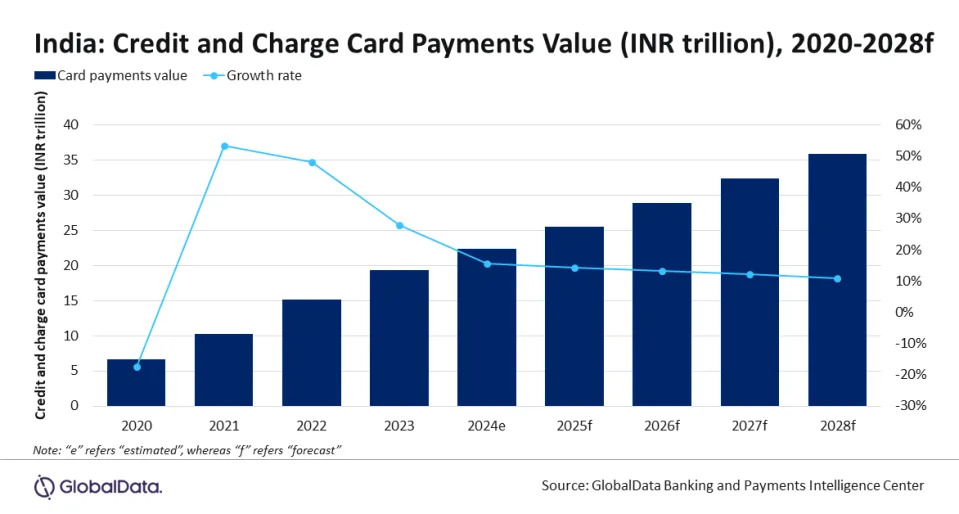The US national debt topped a psychologically important milestone of $35 trillion in recent days and has risen by $1 trillion since January — mounting by nearly $5 billion every day so far in 2025.
This latest barrier was formally pierced last Friday. That's when a daily Treasury Department tabulation , which was then compiled and released late Monday, showed a gross debt level of $35.001278 trillion.
“This is crazy,” Tesla ( TSLA ) CEO Elon Musk noted in a post on X in one quick response to the news.
America’s red ink has now jumped by more than 75% during the Trump and Biden administrations, and yet the issue has been relegated to the back burner during the 2024 campaign season.
Not only that, deficit hawks warn, it's often been pushed aside in favor of ideas that could increase debt even further.
"The borrowing just keeps marching along, reckless and unyielding," Maya MacGuineas, president of the Committee for a Responsible Federal Budget, said in a statement.
"Despite all the risks and warning signs, these alarm bells seem to be falling on deaf ears," she added.
At the Republican National Convention earlier this month, the issue came up sparingly . It's expected to be similar in a few weeks' time when Democrats gather in Chicago.
Washington policymakers have taken some action to limit deficits in recent years, with the debt now representing 120% of GDP after a peak of over 125% during 2020 — a period that marked the height of COVID-era spending.
But a ratio of over 120% of GDP represents a debt level not seen since the end of World War II , with the Congressional Budget Office projecting high interest costs that could grow the debt to represent 166% of America's GDP by 2054.
Earlier this year, the cost of debt interest payments alone surpassed the cost of America’s defense spending .
Limited election year conversation
A few lawmakers did react this week to the passing of the $35 trillion threshold. Retiring Sen. Mitt Romney of Utah marked the milestone , as did Sen. Cynthia Lummis of Wyoming.
Lummis, coming on the heels of an appearance last weekend at a Bitcoin 2024 conference alongside other politicians , is also touting her idea for a "strategic bitcoin reserve" that she says could help the debt problem.
Her proposal would have the government acquire 1 million bitcoins using existing funds from the Federal Reserve System and US Treasury Department.
But it's an idea that faces an uphill climb in Congress and would require the price of the cryptocurrency to go up faster than borrowing costs for that money.
The debt rose by nearly $8 trillion during former President Donald Trump's time in the Oval Office. President Joe Biden is on pace to oversee a similar rise. In total, the national debt has ballooned because of new spending as well as these obligations stretching back decades.
In a statement, White House Spokesperson Jeremy M. Edwards said the Trump administration "didn’t sign a single law to reduce the deficit" and touted Biden's deficit reduction efforts adding "President Biden’s budget would lower the deficit by $3 trillion by making billionaires and the biggest corporations pay their fair share and cutting spending on special interests.”

A looming tax debate that could make it worse
Indeed, Washington has made some limited moves in recent years to gain at least some level of control over the debt.
The 2023 Fiscal Responsibility Act, which ended that year's debt limit standoff, was negotiated between Biden and then-House Speaker Kevin McCarthy.
It imposed spending caps that have helped prod government deficits to at least level out, though budget hawks often talk of many more steps required to get a full handle on the problem.
But a looming tax debate coming in 2025 could increase the political pressure to push deficits even higher.
Major individual provisions of the 2017 Trump tax cuts are set to expire at the end of next year, meaning taxpayers could face an effective tax hike if Washington doesn't act.

But averting that effective hike could mean trillions more debt in the years ahead.
Trump has repeatedly promised to extend the tax cuts across the board. That could add between $4 trillion and $5 trillion if not offset, estimates the Committee for a Responsible Federal Budget .
The Democratic plan, first articulated by Biden but recently underlined by presumptive Democratic nominee Vice President Kamala Harris, would extend the cuts for those making under $400,000 a year. Even that could still cost over $2 trillion if it’s not offset.
Democrats have offered plans to pay for at least some of it through tax increases elsewhere, such as an effort to put a minimum tax of 25% on billionaires.
Trump has offered far less detail when confronted with questions about the national debt. He often responds by saying he could take care of it with drilling for oil — which he calls "liquid gold" — without elaborating on exactly how that would work.
This post has been updated.
Ben Werschkul is Washington correspondent for Yahoo Finance.





